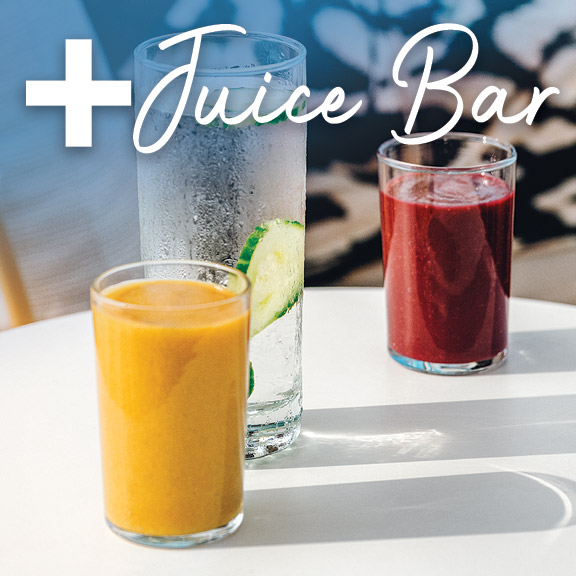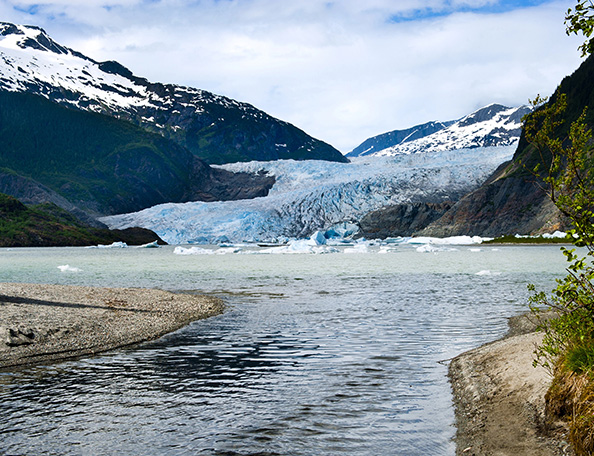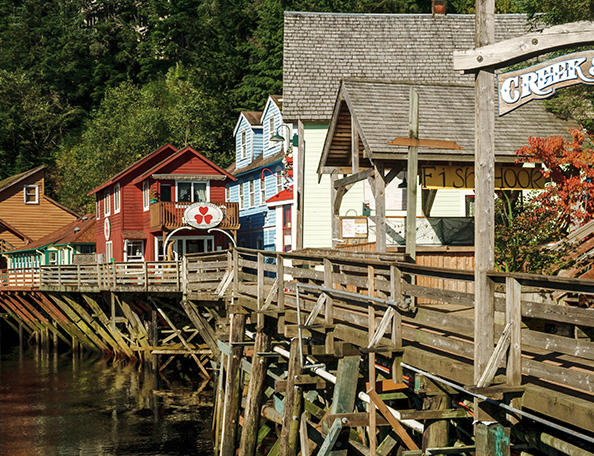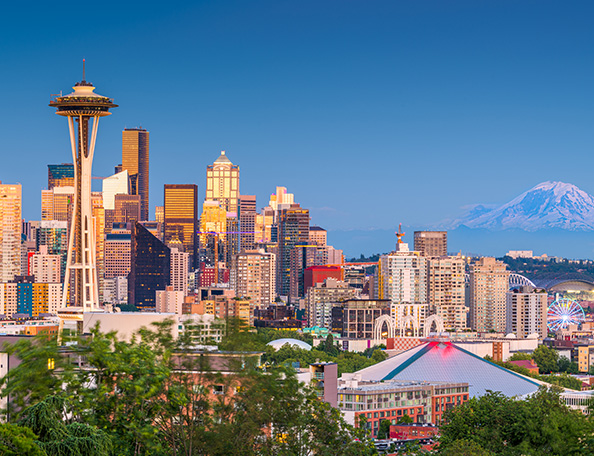Growing Summertime Goods
The sunshine and beautiful breeze are beckoning, and while summer offers a long-awaited opportunity to finally relax, catch up on that book you’ve been falling asleep with for the past few months, or to pack up the family for that seasonal trip to Vacation-Ville, it also sets an excellent date for personal productivity. Planting your own edible garden is not only a great way to enjoy the outdoors without having to empty your wallet or gas tank, but it’s also a fantastic way to save money all year round by reaping the delicious benefits of a self-sustainable, high-quality vestibule of veggies in your very own yard!
Grab Your Gear & Pick Your Plot
Starting your own garden can seem like a daunting undertaking, but it’s important to remind yourself of the simplicity of nature and the rudimentary process of planting. Start small and allow yourself to learn the ebb and flow of gardening – Success and failures are inevitable, but this is part of the enticing process of learning about and cultivating plant-life, offering the ability to inwardly grow alongside your plants as well. But first things first – You’ll need to get your gear together, all of which are widely sold and very affordable. Depending on the style of garden you have planned, which we’ll be discussing next, your tool collection will be primarily comprised of:
– Trowel
– Gardening gloves
– Watering can and/or hose
– Wheelbarrow
– Mulch, dirt, compost
– Roundhead shovel
– Rake
– Shears
– Pitchfork
Next follows the exciting choice of what style of garden you would like to plot:
A traditional/in-ground garden provides an established ecosystem of beneficial nutrients and bacteria, ripened and ready to help your veggies blossom, although you will need to carefully investigate quality of the soil within your planned garden-site first. Your soil may be made of dense clay, barren sand, or riddled with stones, rocks and other impediments which are not conducive to growing vegetables.
A container garden offers endless opportunities for creativity and portability. You can utilizing clay and/or terra cotta pots, wood barrels, hanging containers, plastic tubs, or even an old beat-up cowboy boot as a home for your veggie plant. Another added benefit is the usage of nutrient-dense potting soil, produced to initiate quick and healthy growth.
A raised-bed garden is a perfect marriage between the two former garden styles, allowing for comfortable access into gardening space, convenient weed supervision and tailored soil control. It’s important to note that soil plays the key role successful gardening, calling for well-aerated, organic-matter dense earth, ideally aged manure or compost, all of which should be free of stones, clay or sand-heavy material that would obstruct your vegetable plant’s roots from spreading.
Seeds of Choice
A packet of seeds cost only a few dollars, and, for the price, your soon-to-be bustling garden can pay for itself many times over, providing you with fresh, flavorsome crops rich in nutrients. You’ll save yourself the heartache of spilling your wallet’s dollar bill-shaped innards to purchase costly grocery store produce, especially organic, making planting a garden an excellent investment! Plant what you love to eat, understand each plants requirement for sunlight, water and other provisions, weed and prune when necessary, and let Nature take care of the rest!
Now, that wasn’t so hard, was it?
Plant the Perfect Summer Produce
The following are recommended for a delicious summer harvest:
– Bush Beans – Easy to grow from seed; sow after the soil temperature has warmed to 60 degrees F. Sow seeds every 3 weeks for a continuous harvest. Stop sowing about 8 weeks before the first fall frost date. Bush beans do not require staking and are shallow rooted, so take care when tilling the soil around the plants.
– Eggplant – Requiring a lot of sunshine and warm, well-drained soil, your plants should be set out about 3 weeks after the last spring frost. Although they thrive on heat, once planted, eggplants need cool, moist roots, so mulch the soil with straw to keep it moist.
– Okra – Enjoying hot weather and rich soil, seeds should be started indoors and moved out into the garden after the summer equinox in late June. Treat them delicately when planting, and pick pods when they range from 3 to 4 inches long. If they are allowed to over mature, the plants will stop producing.
– Summer Squash and Zucchini – Best to direct sow it in the garden after the last frost date, Summer squash needs nutrient rich, well-drained soil. Gather squash when they are young and tender. Old, large fruits with tough skins should be removed from the vine and thrown away, encouraging more flowers and fruit.
– Tomatoes – Tomatoes grown from seed should be started indoors 5 to 6 weeks before the last spring frost. Set the plants out when the soil has warmed and night temperatures stay above 50 degrees F. Tomatoes need 6 to 8 hours of full sun. Plant tomatoes deep – Bury at least two-thirds of the plant’s stem, providing the plant strong roots.
Sources
https://www.pallensmith.com/index.php?id=16497
https://www.sparkpeople.com/resource/nutrition_articles.asp?id=1292




























